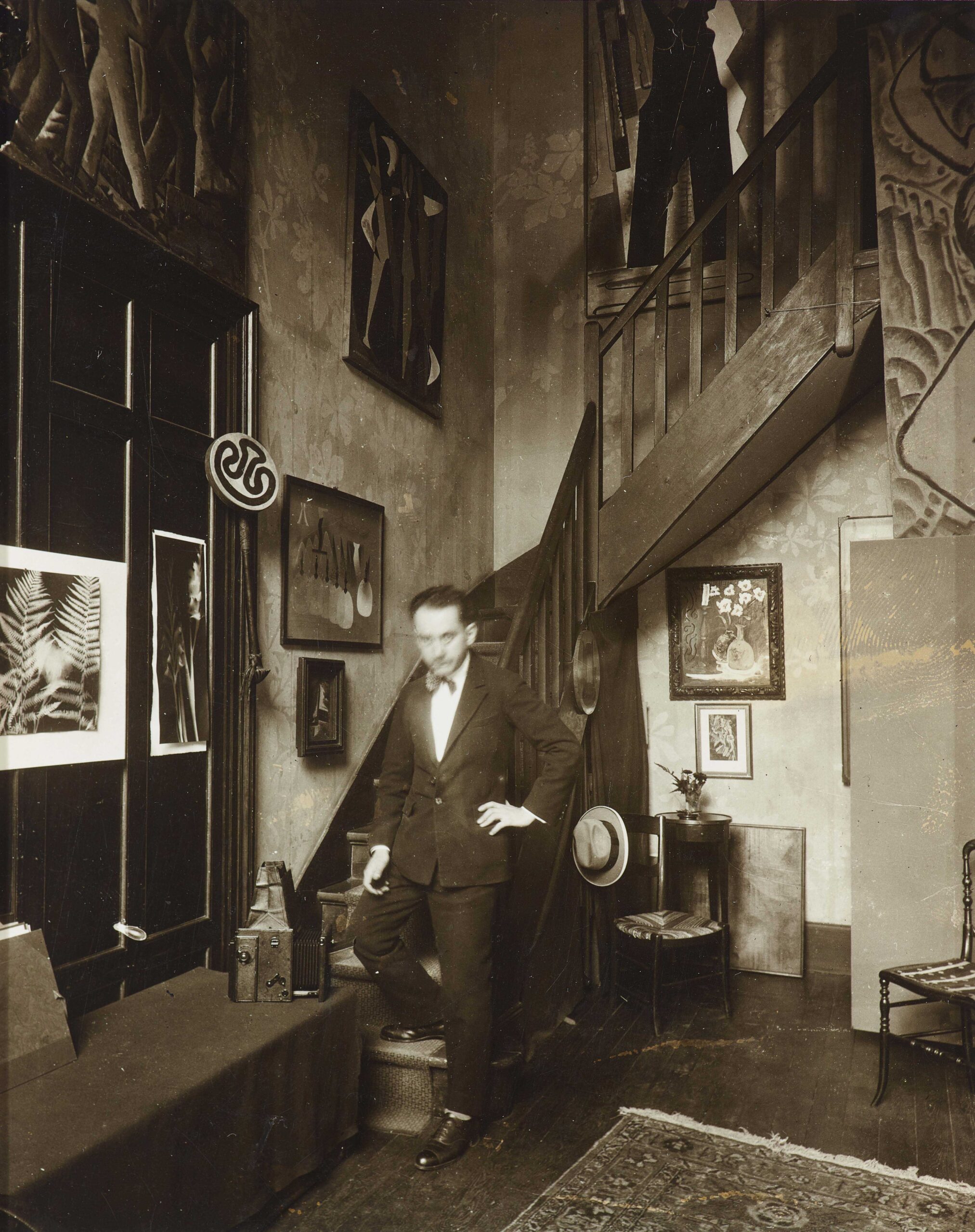
In 1921, a young photographer in Paris accidentally created something new.
Working late in the darkroom one evening, Man Ray absentmindedly placed three glass tools—a thermometer, a cylinder, and a funnel—on top of an unexposed sheet of photo paper. Before his eyes, silhouettes began to form. The resulting image was sharp and spectral; the poet Tristan Tzara described it as capturing the moment “when objects dream.” Ray named his cameraless creation after himself, and with that, “rayographs” were born.
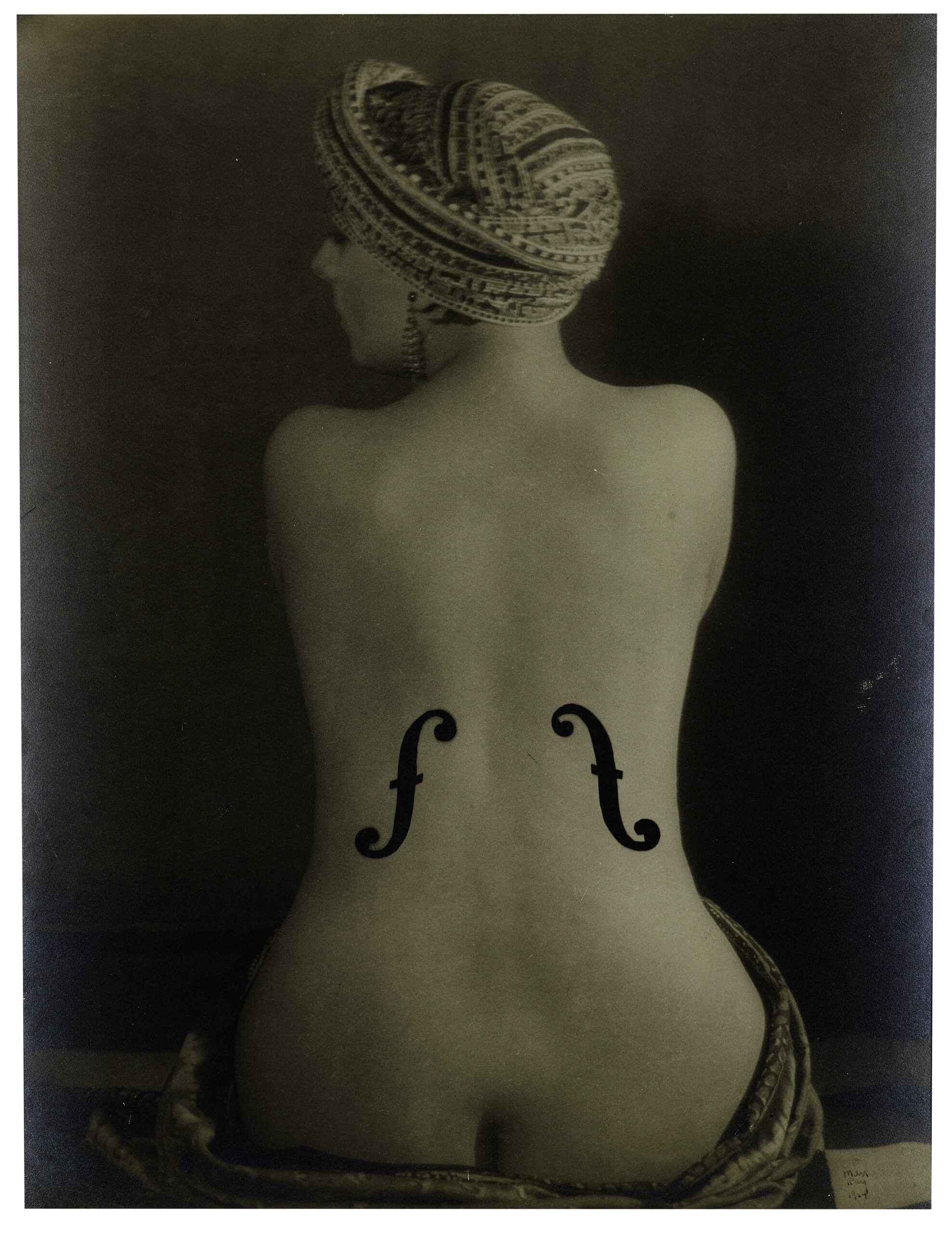
More than a century later, the Metropolitan Museum of Art is opening “When Objects Dream,” the first exhibition to examine the late experimental artist’s rayographs in the context of his broader oeuvre. The show, opening Sept. 14, brings together more than 60 of these specimens alongside 100 paintings, objects, drawings, and films spanning Ray’s career. Its supporters include the haute couture house Schiaparelli, whose founder and namesake, Elsa Schiaparelli, was a close friend and collaborator of Ray’s, at the heart of the 1920s avant-garde in Paris.
Both Schiaparelli and Ray were preoccupied with the ways that people present themselves to the world—and how they are often driven by unconscious desires lurking just beneath the surface. Born to a tailor father and designer mother, Ray was exposed to the tools of the fashion trade from the start.
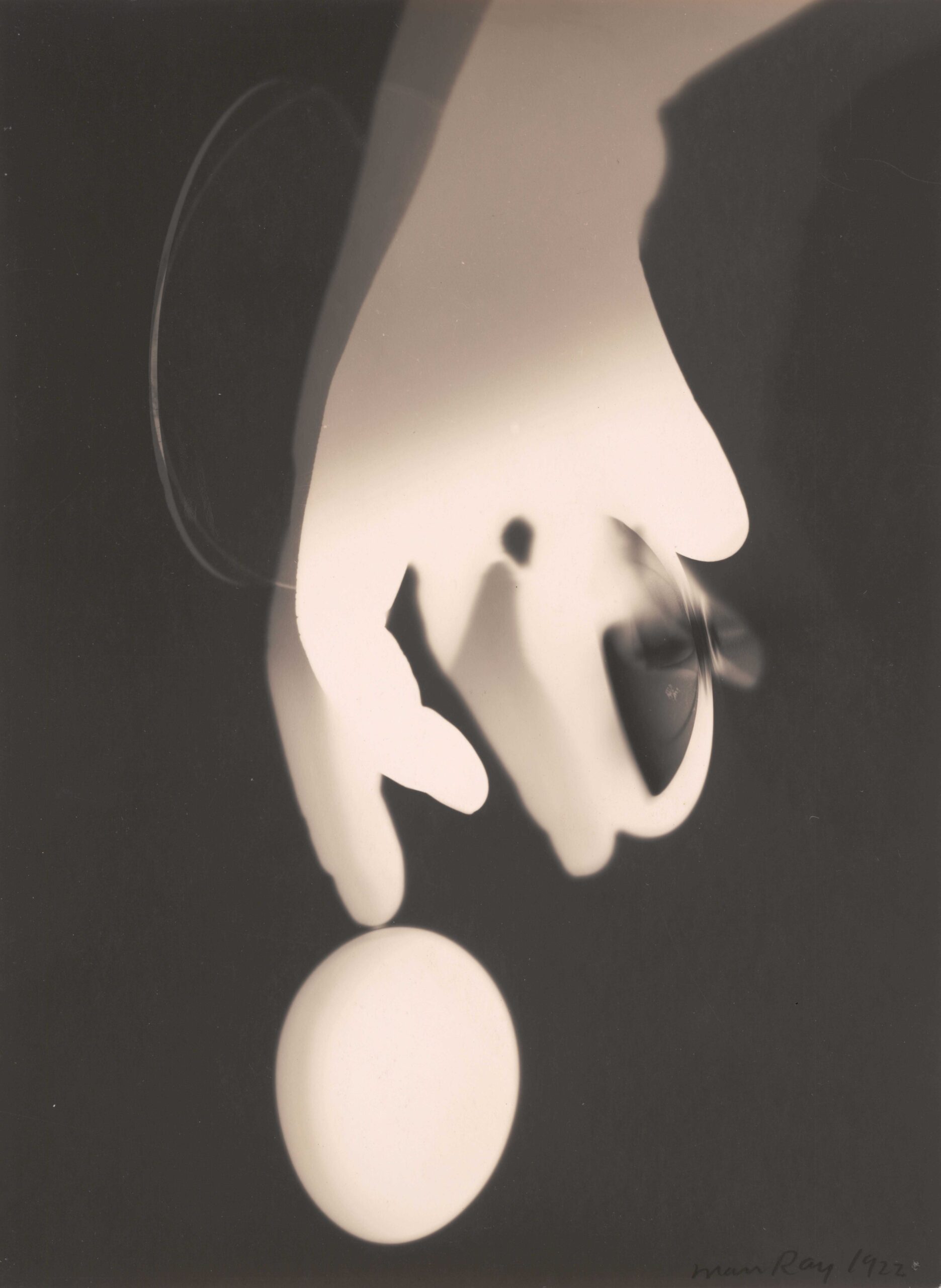
One of his earliest and best-known pieces, Gift, 1921, which will appear in the Met show, is an iron studded with spikes—a domestic tool transformed into something lurid and fantastical. Schiaparelli executed similar transformations through her Surrealist designs, like a lobster dress created in collaboration with Salvador Dalí and a pair of hypnotic golden spectacles designed alongside Ray.
“I’ve always had a special feeling for Man Ray—like me, he was an American … [and] an outsider in Paris, a voyeur of a scene who later became synonymous with it,” says Daniel Roseberry, Schiaparelli’s current creative director. “And like Elsa Schiaparelli, he blurred the lines between fashion and art: Before fashion became a commercial enterprise, it was an artistic one, and that’s in no small part thanks to them.”

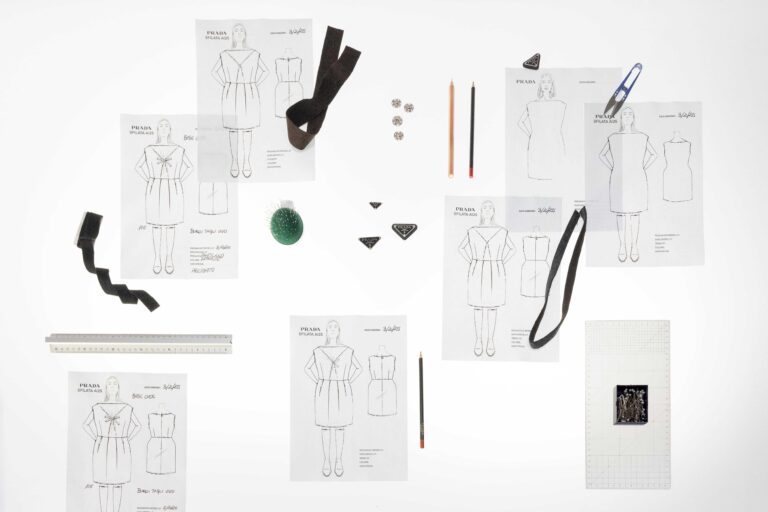

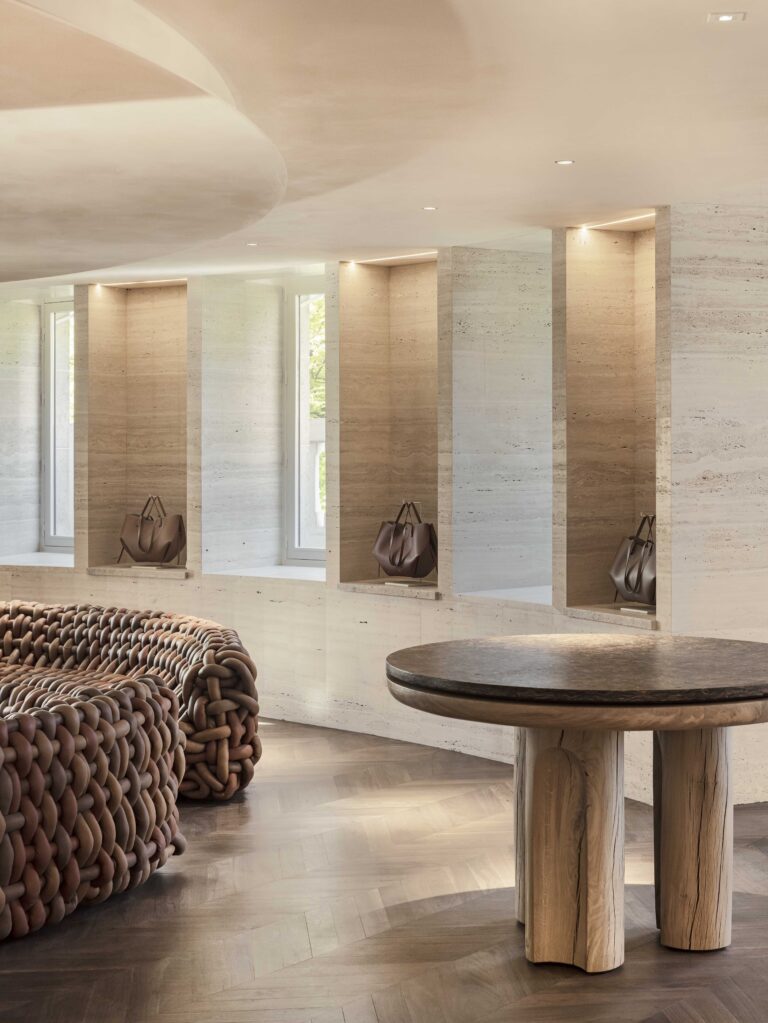
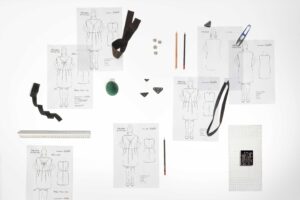





 in your life?
in your life?

